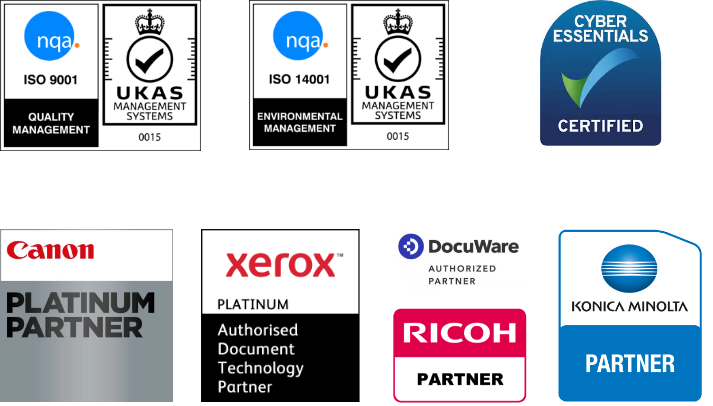Landall Services
In partnership with Print Releaf
At the heart of our ethos lies a dedication to fostering sustainability within our operations, while actively contributing to the flourishing circular economy. Through a strategic alliance with Print Releaf, a renowned environmental exchange partner, we empower your business to counterbalance its ecological footprint and play a vital role in preserving global forests.
The benefits
Sustainability
Cater to your awareness and sensitivity towards our global environment and become more sustainable while printing.
Great PR
Promote your participation in PrintReleaf’s reforestation program, e.g. Lifetime certificates, social media integrations, and web widgets for reforestation impact directly on your website.
Add to your CSR
Include a chapter on PrintReleaf in your Corporate Sustainability Report.
Achieve UNSDG
For large enterprise clients that are part of the Paris Climate Agreement and focused on the UN’s Sustainable Development Goals (SDGs) participation.
How it works

Certification
PrintReleaf certifies the reforestation of your forest footprint according to the measurement and calculations defined in the PrintReleaf Standard.
Each month, you’ll be issued certificates for trees planted at reforestation projects of your choice.
At the same time, we’ll update your Lifetime Certificate and report on your growing reforestation impact across PrintReleaf’s network of global projects.

Verification
We have developed a rigorous audit process with our certifying body, SGS International, a leading global forestry auditor with expertise in Chain of Custody (CoC) certification, to uphold and maintain the integrity of the PrintReleaf Standard.
Each reforestation project is audited over an initial eight-year verification timeline, then ongoing, until capacity is achieved to ensure 100% net survivability of trees.


Measurement
Through PrintReleaf, your paper consumption is measured and trees are automatically reforested across our global network of certified reforestation projects.
PrintReleaf guarantees every sheet of paper a customer consumes will be reforested at a rate of 8,333 sheets of standard letter (8.5 × 11″ 20lb paper) or 37.16kg per tree (40ft height × 7in width or 12.192m × 0.1778m).
This open-source formula is widely and generally accepted as the industry standard as established by the Environmental Paper Network.
You’re in control
You decide where to certifiably reforest your consumption across our network of projects. All projects are audited for performance and survivability
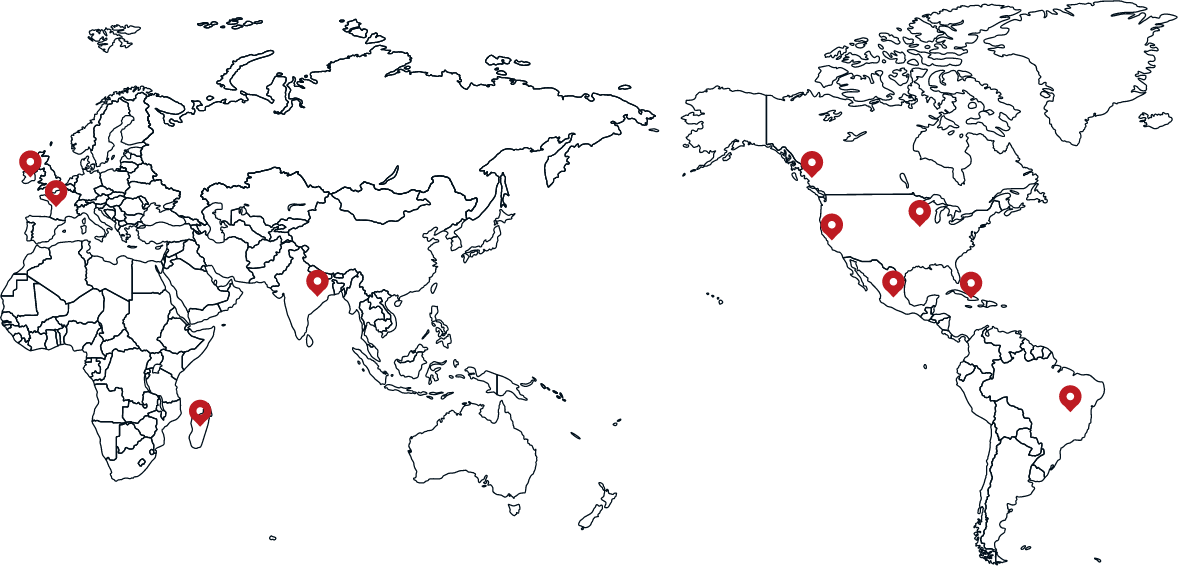
United Nations SDGs
Each PrintReleaf project is linked with UNSDG’s in accordance with the goals they accomplish. For example: If you select the United States Project, this will accomplish SDG’s #1, #8, #11, #13, #15
Brazil
Project status
Complete
Tree Species
Cordia tichotoma
SDGs achieved
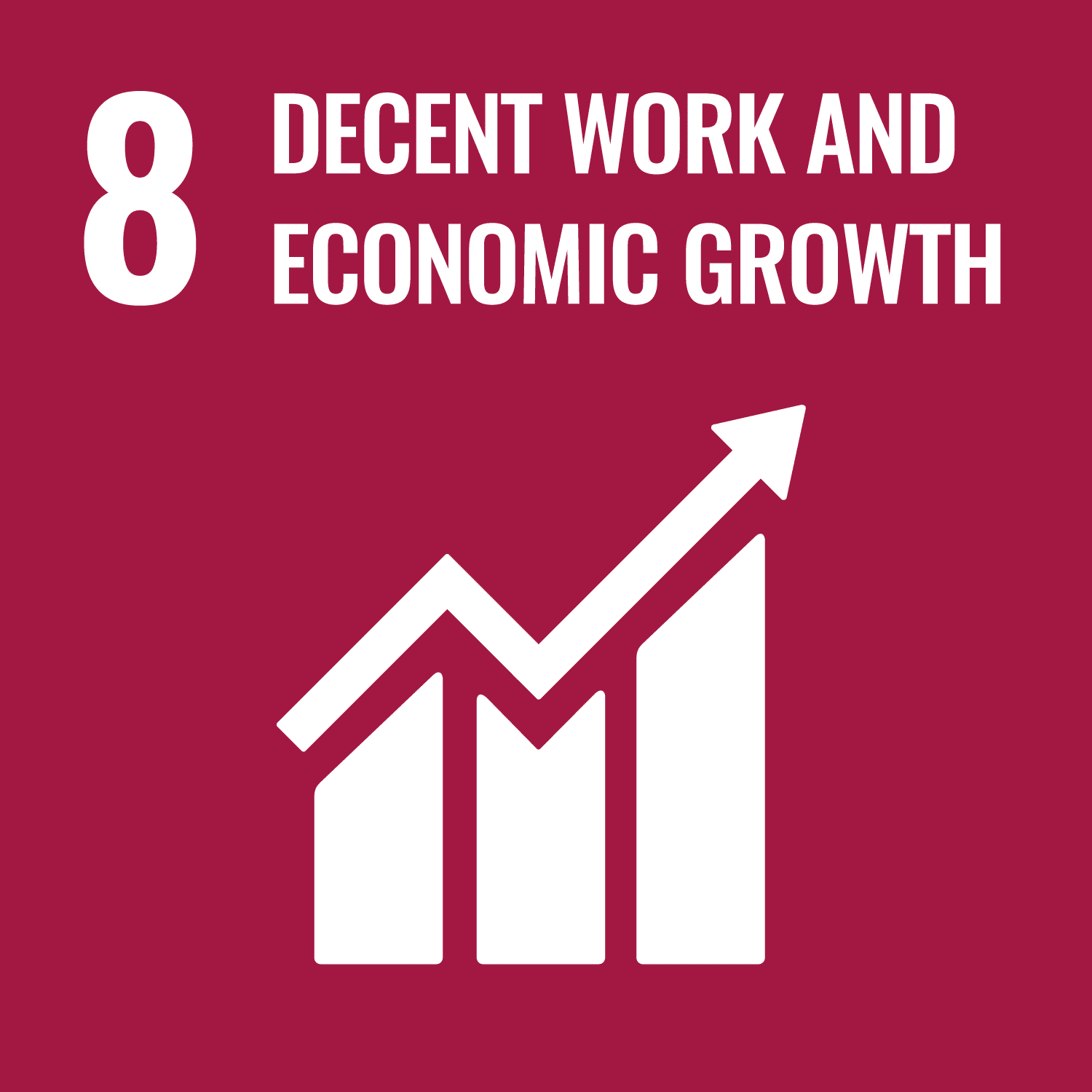
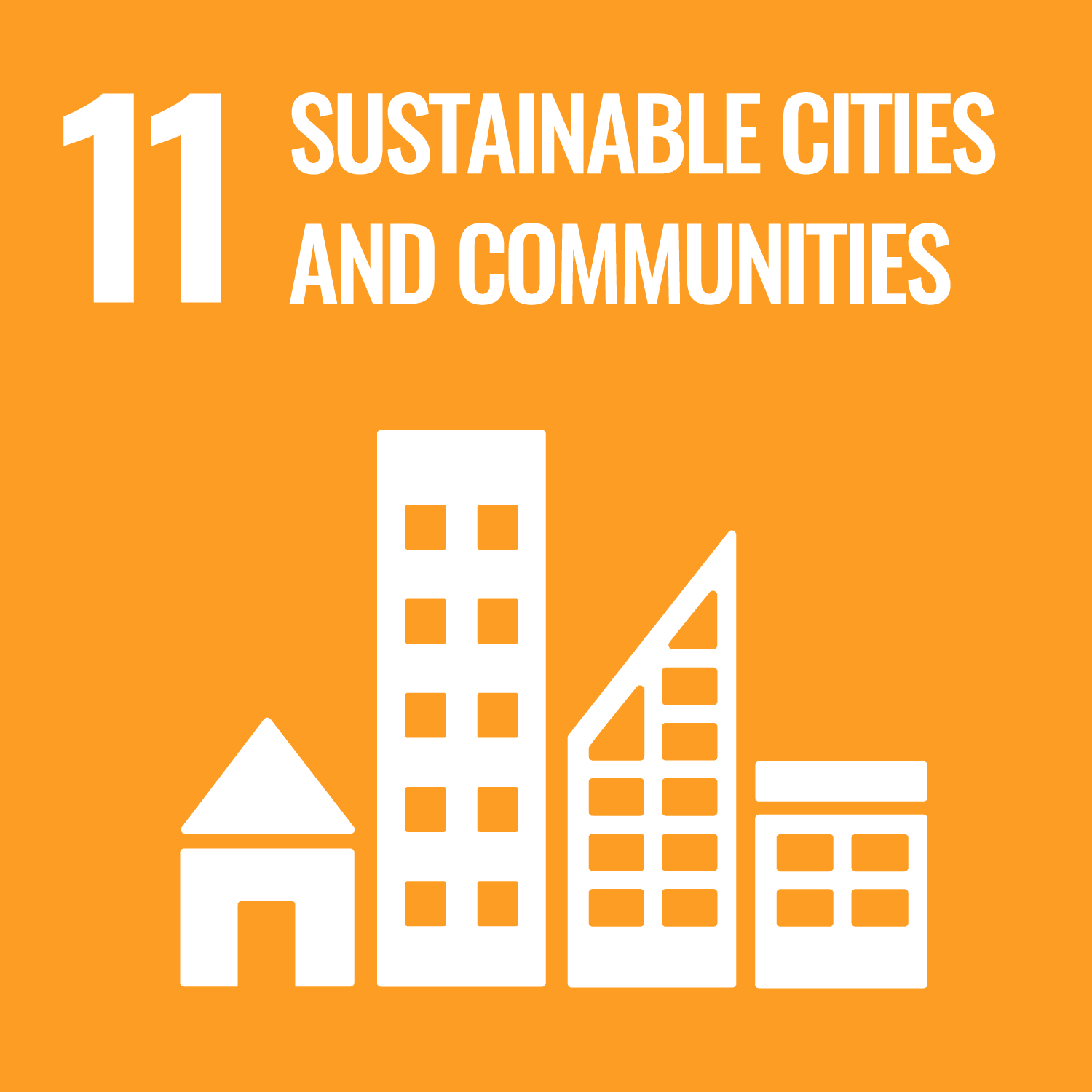
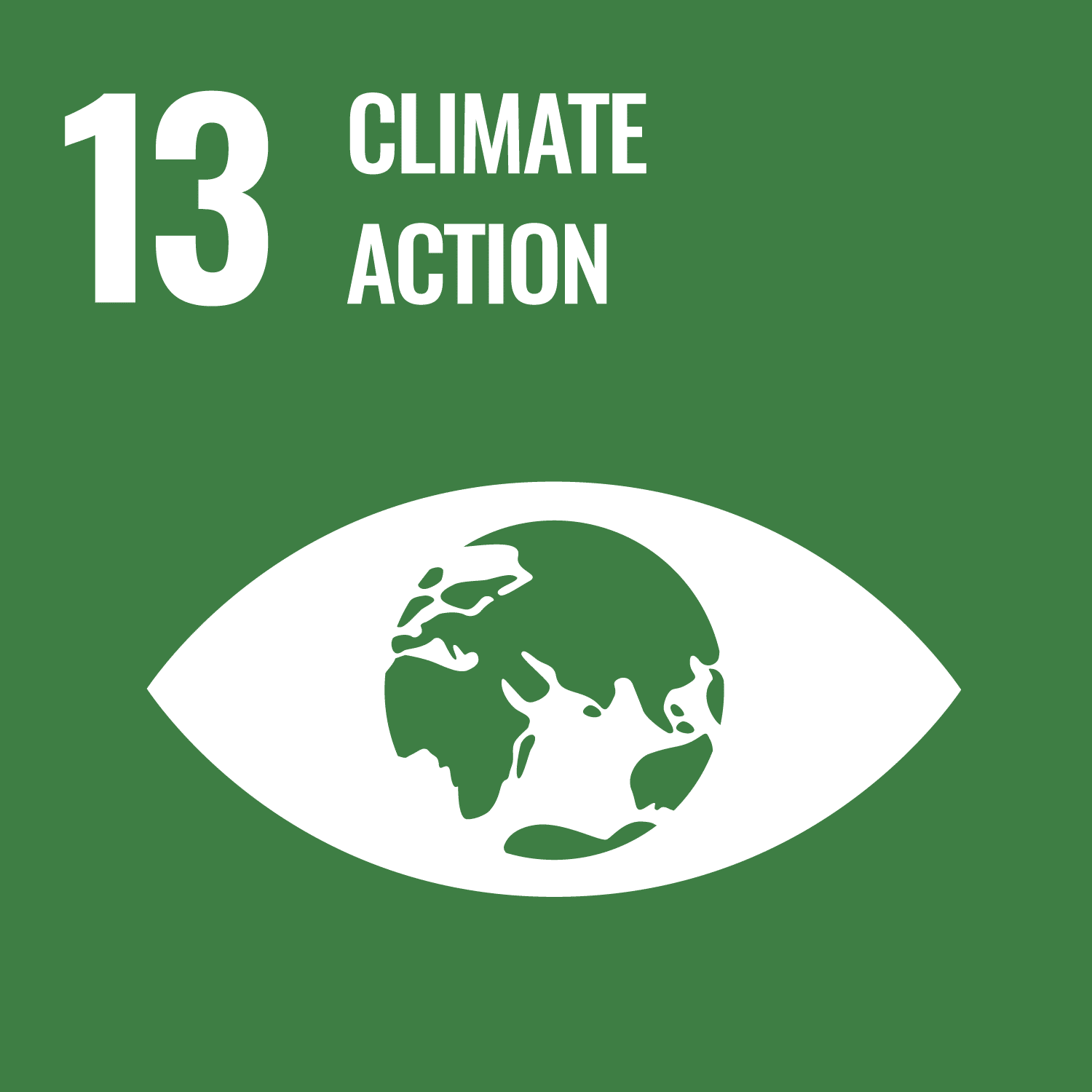
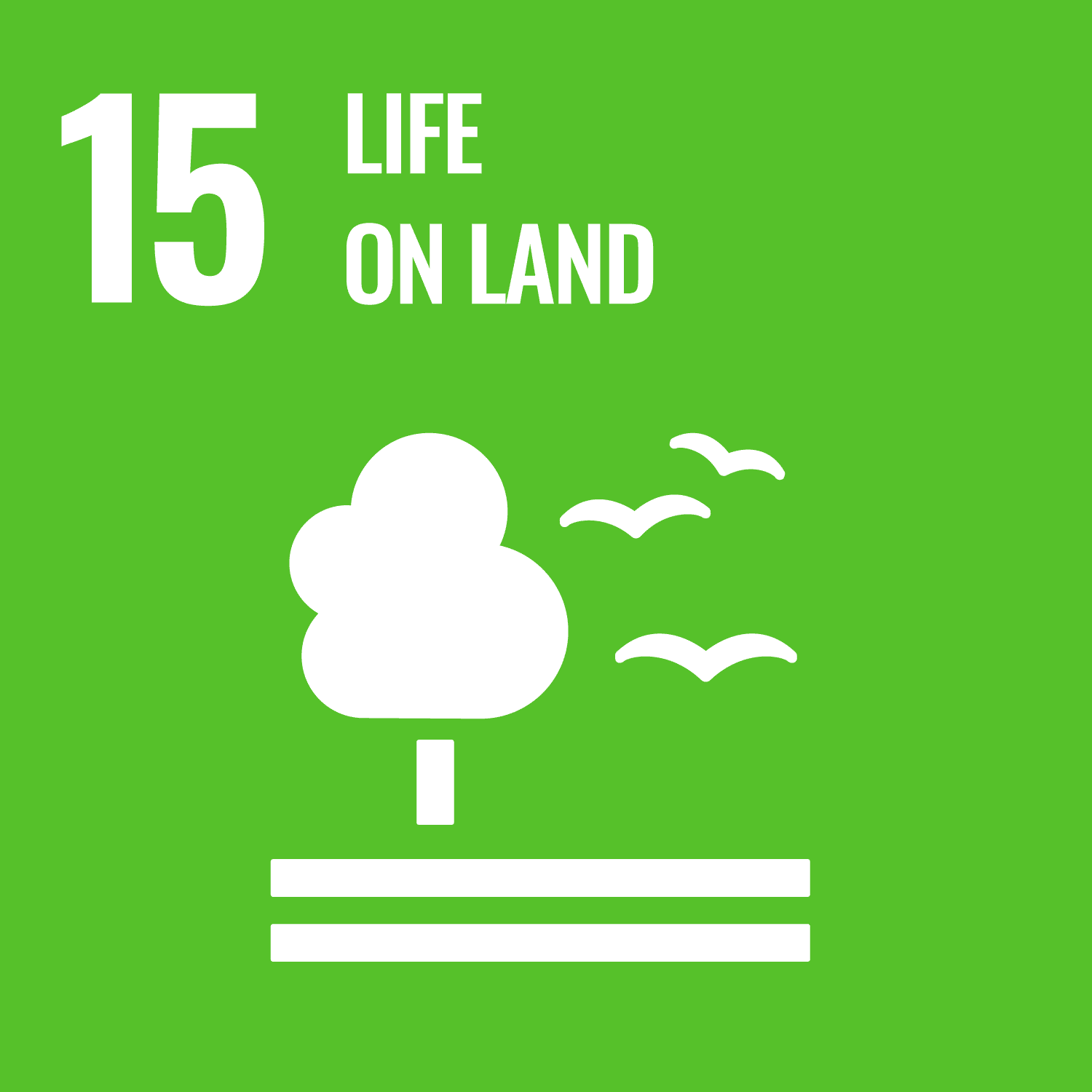
Canada
Project status
Active
Tree Species
Spruce
SDGs achieved


Dominican Republic
Project status
Active
Tree Species
Pinus occidentalis
SDGs achieved
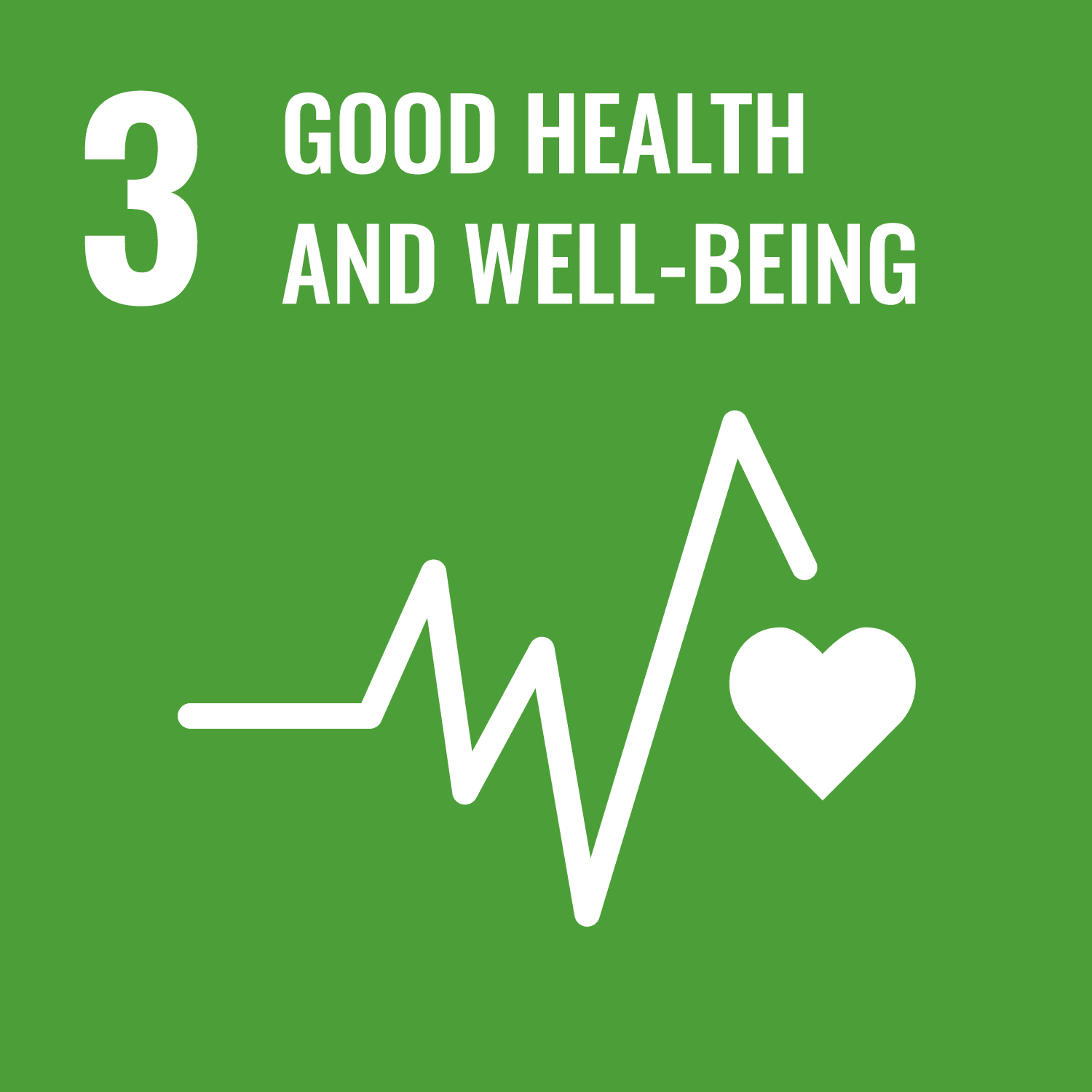




France
Project status
Active
Tree Species
Pedunculate Oak
Maritime Pine
SDGs achieved
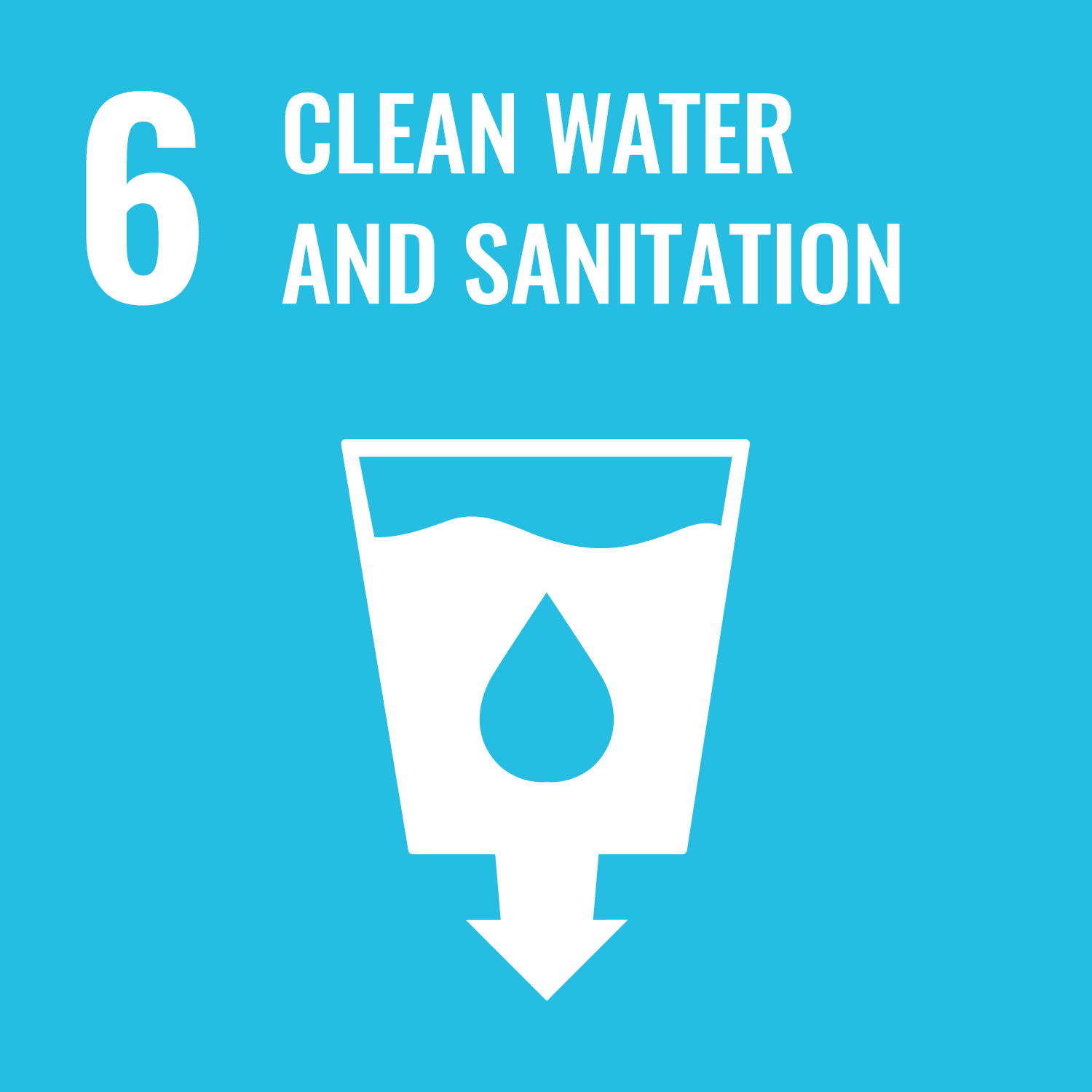



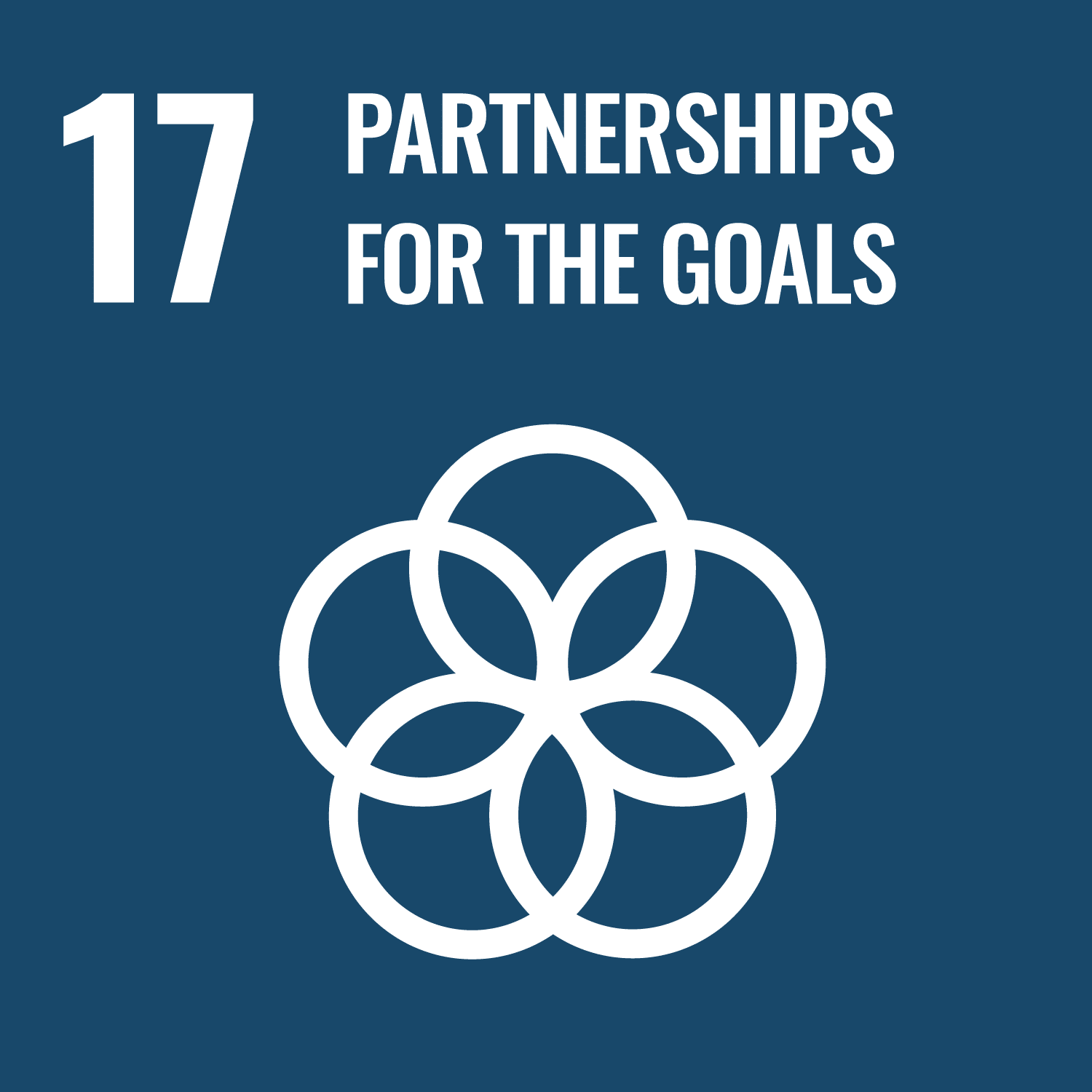
India
Project status
Complete
Tree Species
Exbucklandia populnea
SDGs achieved



Ireland
Project status
Active
Tree Species
Scots Pine
Sessile Oak
Pendunculate Oak
SDGs achieved


Madagascar
Project status
Active
Tree Species
Ceriops tagal
Avicennia marina
Rhizophora mucronata
SDGs achieved
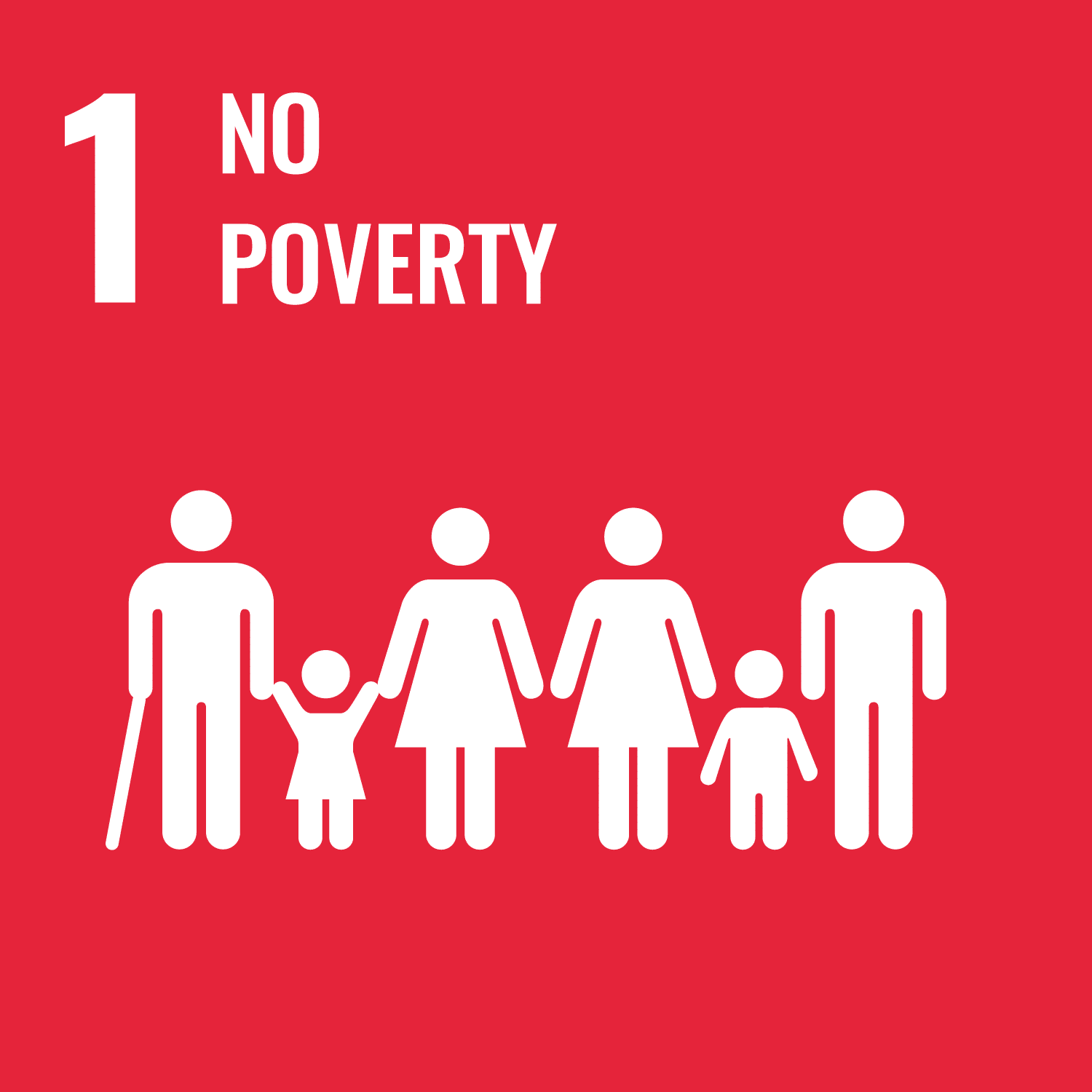




Mexico
Project status
Active
Tree Species
Pinus michoacana
SDGs achieved





United States
Project status
Active
Tree Species
Ponderosa Pine
Incense Cedar
Douglas Fir
SDGs achieved




What are SDGs?
The Sustainable Development Goals (SDGs) or Global Goals are a collection of 17 interlinked global goals designed to be a “shared blueprint for peace and prosperity for people and the planet, now and into the future”.
The 17 SDGs are: No poverty, zero hunger, good health and well-being, quality education, gender equality, clean water and sanitation, affordable and clean energy, decent work and economic growth, industry, innovation and infrastructure, Reduced Inequality, Sustainable Cities and Communities, Responsible Consumption and Production, Climate Action, Life Below Water, Life On Land, Peace, Justice, and Strong Institutions, Partnerships for the Goals.







